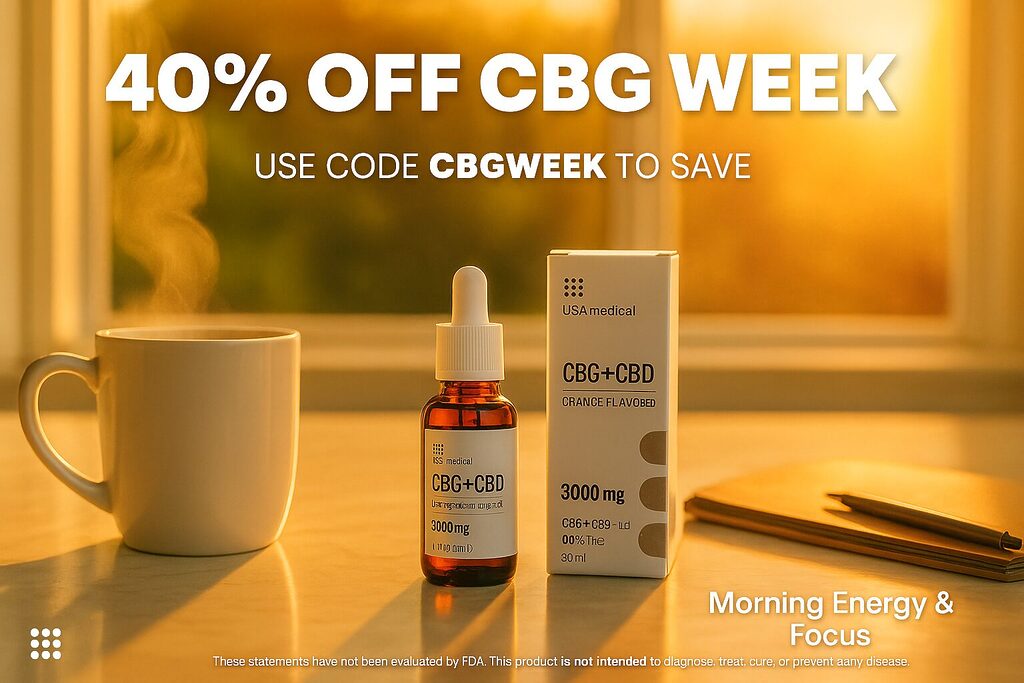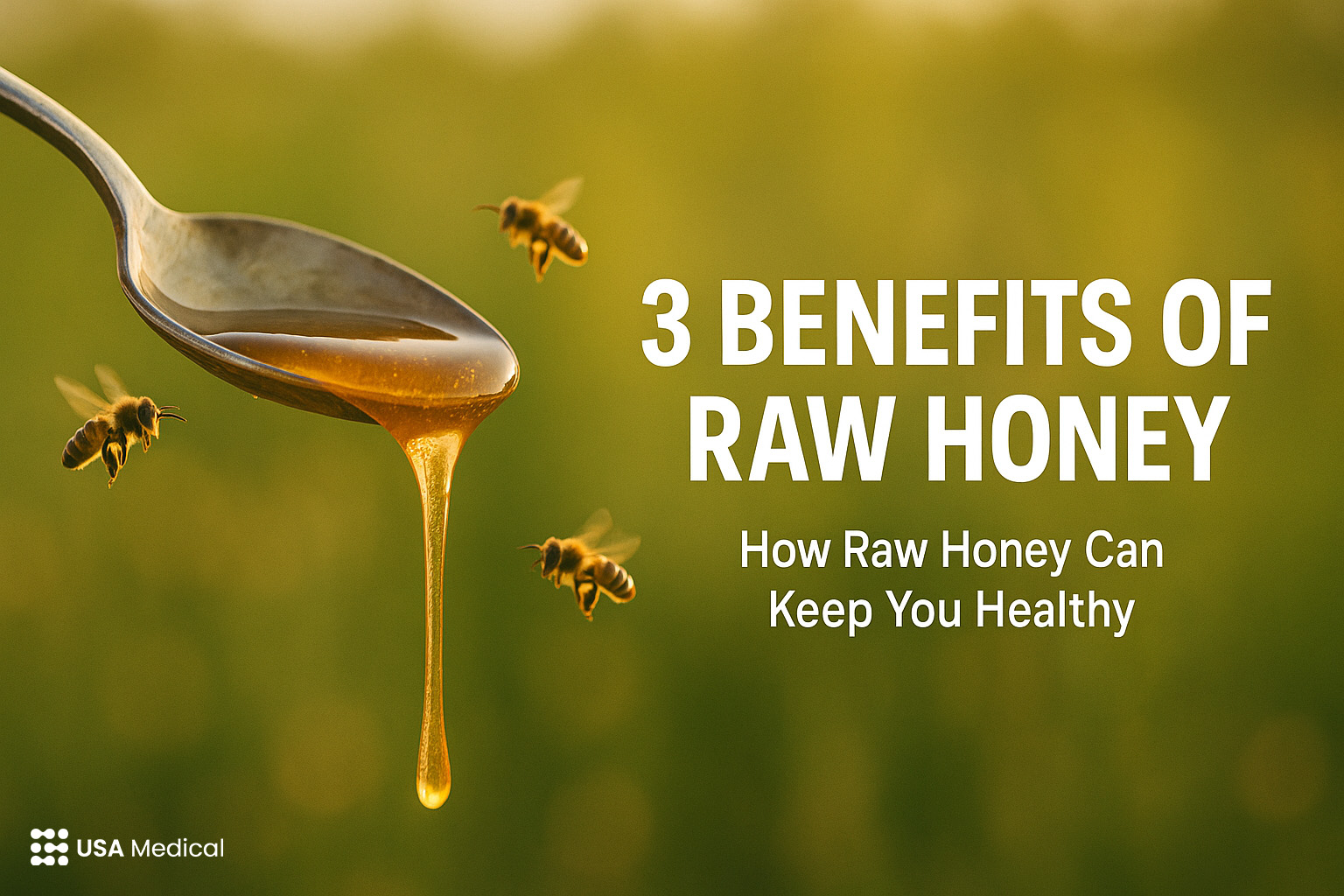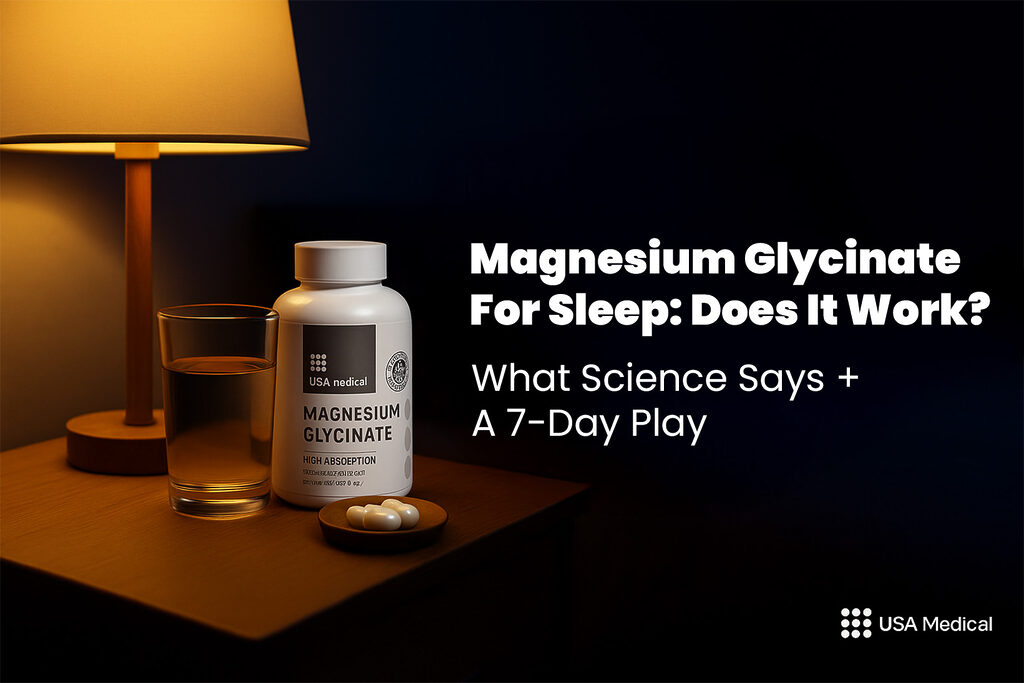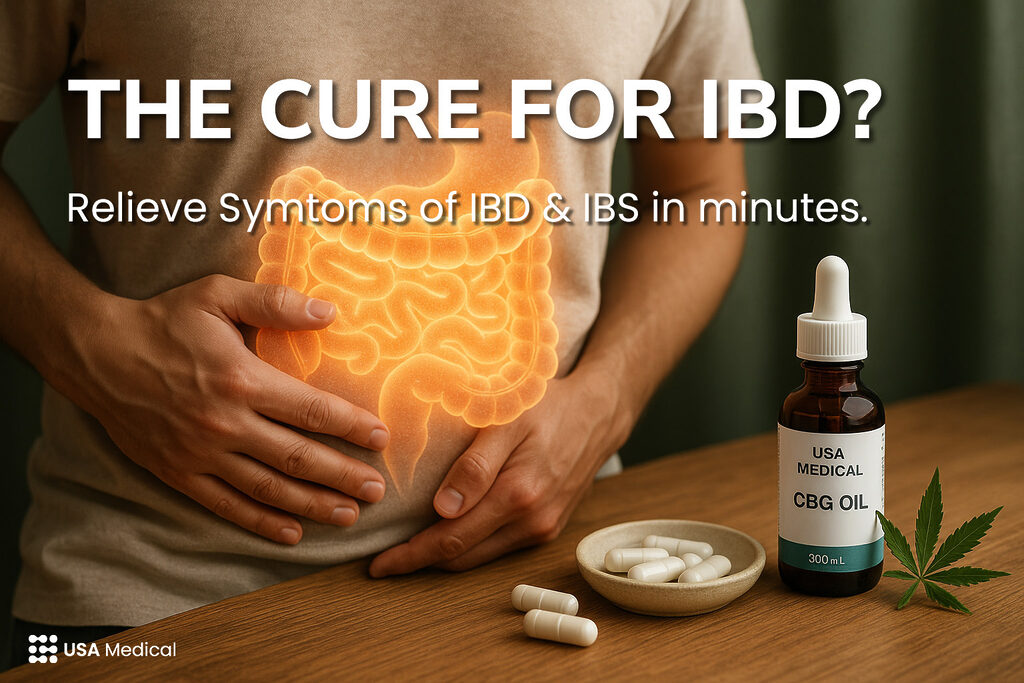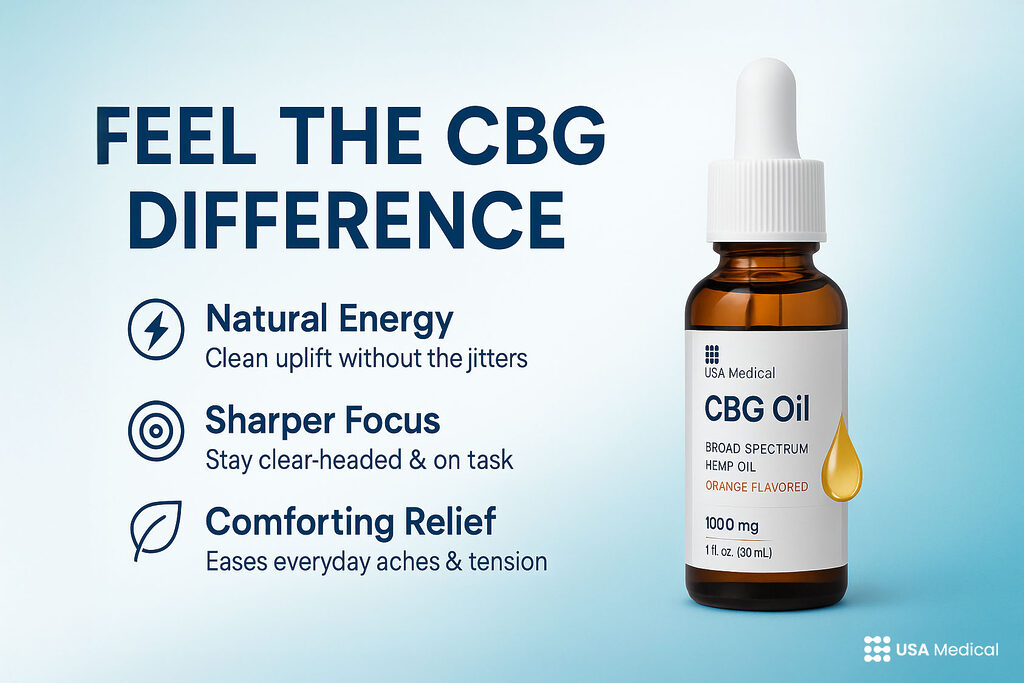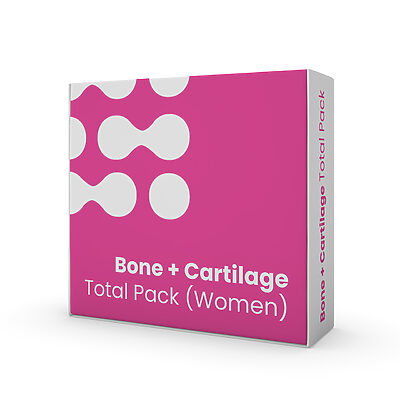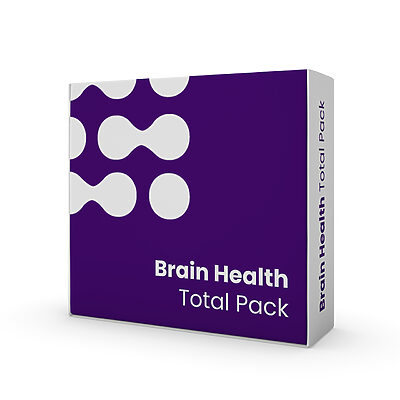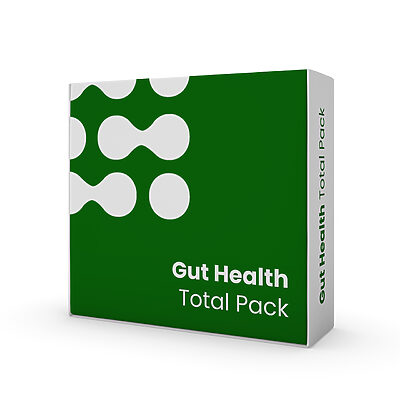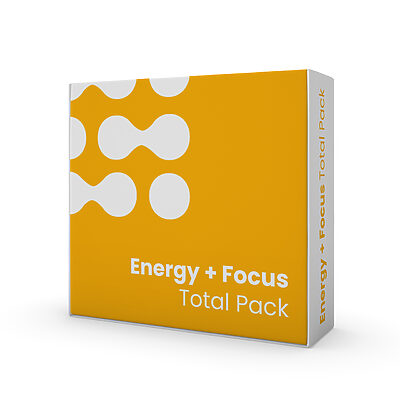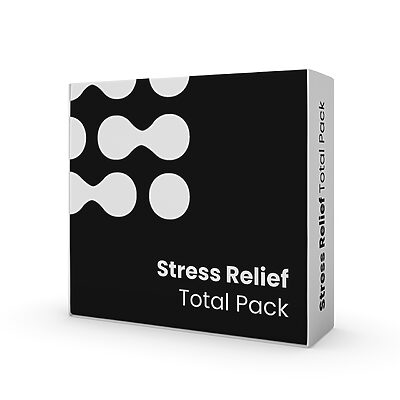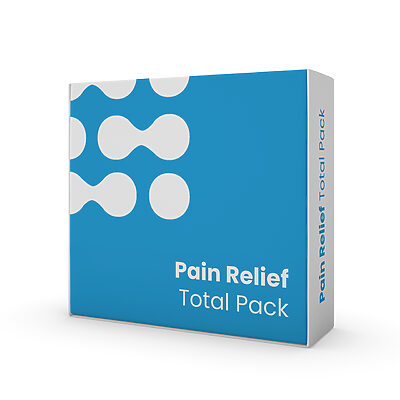If “is raw honey good for you?” has been on your mind, here’s a clear, no-nonsense guide. We’ll unpack raw honey benefits with a focus on honey antibacterial properties, honey immune support, and what’s realistic about raw honey for allergies. You’ll learn how raw honey differs from regular honey, how to use it safely, and simple ways to work it into your day without overdoing sugar. We’ll finish with a practical 7-day roadmap you can start this week.
What Is Raw Honey (And How It Differs From Regular Honey)
Raw honey is honey that hasn’t been pasteurized. It’s typically strained to remove large bits of wax and comb but otherwise left alone. That means more of the native enzymes, trace pollen, and polyphenols remain intact compared with many commercial bottles that are heated and finely filtered.
Two fast rules will keep you oriented:
- Raw vs. Regular — Regular (pasteurized) honey is heated to slow crystallization and standardize texture. Heating can reduce some aroma compounds and may lower enzyme activity, while raw honey preserves more of the “from the hive” profile.
- Quality Signals — Crystallization is normal. A floral source (e.g., clover, wildflower, orange blossom) and harvest region tell you what’s in the jar. Choose reputable local beekeepers or brands with transparent sourcing.
When people search for raw honey benefits, they’re often looking for targeted effects—especially antimicrobial activity, honey immune support, and clarity on raw honey for allergies. Let’s tackle each.
Benefit #1 — Honey Antibacterial Properties (And Antifungal, Too)
The headline: honey is naturally antimicrobial. Across many varieties, honey antibacterial properties are driven by several overlapping mechanisms:
- Hydrogen Peroxide Production — The glucose oxidase enzyme in honey slowly generates small amounts of hydrogen peroxide when honey is diluted (e.g., on a moist wound or in tea). This is a key driver of honey antibacterial properties.
- Low pH And High Osmolarity — Honey’s acidity and high sugar concentration create an environment that’s hostile to many bacteria and some fungi.
- Unique Factors In Some Honeys — Certain varietals (e.g., Manuka) contain methylglyoxal and other compounds that add to honey antibacterial properties even when peroxide is neutralized.
Where does this matter day to day?
- Throat And Upper Airway Comfort — A spoon of honey in warm tea can coat and soothe. It doesn’t “sterilize” your throat, but the combination of viscosity and honey antibacterial properties supports comfort during sore throat or nighttime cough (for adults and children over 1 year).
- Skin And Wound Care — Medical-grade honey dressings are used in clinical settings for specific wounds and burns. That’s not the same as smearing pantry honey on a wound; talk with a clinician about appropriate products and when to use them.
- Everyday Kitchen Use — The same factors that drive antimicrobial activity help honey keep on a shelf without spoiling when stored properly.
Bottom line: honey antibacterial properties are real, best-documented in lab and wound-care settings, and they contribute to why raw honey benefits are more than folklore.
Benefit #2 — Honey Immune Support (Antioxidants & Polyphenols)
Raw honey contains polyphenols (plant antioxidants) that interact with immune and inflammatory pathways. This is where honey immune support is most credible for daily wellness.
Think of honey immune support in three practical lanes:
- Antioxidant Intake — Darker honeys generally contain more phenolic compounds. Adding a teaspoon to tea, yogurt, or oats contributes small amounts of these antioxidants as part of an overall diet pattern.
- Soothing + Sleep — A warm honey-lemon drink before bed can calm the throat and, anecdotally, help ease into sleep when you’re under the weather. Better sleep supports immune function—an indirect route to honey immune support.
- Swap, Don’t Stack — Use honey to replace—not add to—other sugars. The immune story is about overall dietary quality; raw honey benefits show best when honey displaces ultra-processed sweeteners rather than piling extra sugar on top.
Keep expectations realistic: honey immune support complements, not replaces, fundamentals like protein, produce, hydration, sunlight, movement, and sleep.
Benefit #3 — Raw Honey For Allergies (What The Evidence Actually Says)
You’ll often hear that local raw honey for allergies works by delivering trace pollens that “micro-expose” your immune system. The real-world evidence is mixed:
- What Looks Promising — Some small studies and many anecdotes report improved seasonal symptoms when people take a daily spoon of raw honey for allergies through the pollen season.
- What’s Less Convincing — The pollens that trigger hay fever are usually from wind-pollinated plants (grass, trees, weeds). Bees primarily collect nectar and sticky pollens from flowers. That mismatch may limit the “mini-immunotherapy” concept.
- Practical Take — If you want to test raw honey for allergies, do it alongside your established allergy plan, not instead of it. Track symptoms for two to four weeks. If it helps and your total sugar stays in check, that’s a win. If not, move on.
Framed correctly, raw honey benefits can include a modest edge for some allergy sufferers, but it’s not a guaranteed fix.
How Much Raw Honey Per Day (And Who Should Avoid It)
Honey is still sugar. Use it like a tool—precisely.
- Everyday Amount — Most adults do well with 1–2 teaspoons once or twice daily as a swap for other sweeteners. That’s enough to capture taste, texture, and small contributions to honey immune support without spiking added sugars.
- Diabetes And Blood Sugar — Honey’s glycemic impact is variable by variety and dose. If you have diabetes or are tracking glucose, test small amounts with meals that include protein, fat, and fiber, and review with your clinician.
- Infants — Never give honey to children under 12 months because of infant botulism risk.
- Allergy Caution — If you have a known severe pollen or bee-related allergy, discuss with your clinician before deliberately adding raw honey for allergies.
Raw Honey Vs Regular Honey: What To Buy & How To Store It
- Choose Raw When Possible — You’re buying for raw honey benefits (enzymes, aroma, phenolics). Look for “raw,” “unpasteurized,” and clear sourcing.
- Flavor And Color — Clover and orange blossom are light and mild; buckwheat is dark, robust, and higher in polyphenols. Taste around—variety matters.
- Storage — Room temperature, sealed, dark cupboard. To re-liquefy crystals, warm the jar gently in hot tap water (not boiling) to protect enzymes.
Simple Ways To Use Raw Honey (Practical, Safe, Delicious)
- Warm Tea Or Lemon Water — A classic that pairs flavor with soothing texture and leverages honey antibacterial properties in a gentle way.
- Yogurt Or Oats — Drizzle 1 teaspoon and add berries/nuts. The protein and fiber help blunt glucose rise while delivering raw honey benefits.
- Marinades And Dressings — Honey balances acidity and salt; a small amount adds gloss and browning in the pan.
- Throat Support — 1 teaspoon straight or in tea before bed if you’re ≥1 year old. This doubles as low-effort honey immune support.
- Topical (Medical-Grade Only) — If you’re considering honey for wound care, ask about sterile, medical-grade products designed for skin—not kitchen honey.
A 7-Day Honey Habit You Can Start Today
This plan keeps sugar modest while letting raw honey benefits show up in real life.
- Day 1 — Swap your usual sweetener for 1 tsp of raw honey in tea or yogurt. Note energy, digestion, and throat comfort.
- Day 2 — Try a darker varietal (buckwheat or wildflower) to bump antioxidant exposure and honey immune support.
- Day 3 — If you’re testing raw honey for allergies, start a symptom note (sneezing, itchy eyes, drainage) and rate 0–10 daily.
- Day 4 — Use honey in a vinaigrette instead of sugar. Keep total added sugars the same or lower than your baseline.
- Day 5 — Honey-lemon before bed if your throat is scratchy (age ≥1 year). Sleep, then assess how you feel in the morning.
- Day 6 — Compare varietals side-by-side: ½ tsp on plain yogurt each. Pick the one you’ll actually stick with.
- Day 7 — Review: Did raw honey benefits show up (soothing throat, taste satisfaction, maybe fewer allergy symptoms)? Keep what worked; drop what didn’t.
Bottom Line: How Raw Honey Can Keep You Healthy
Raw honey benefits center on honey antibacterial properties, small but meaningful honey immune support via polyphenols, and a cautious, realistic role for raw honey for allergies. Use 1–2 teaspoons to replace other sweeteners, not add more sugar, and keep expectations grounded—honey complements a healthy routine; it doesn’t replace one.
FAQ – Frequently Asked Questions
Does Raw Honey Help With Allergies?
Some people report fewer seasonal symptoms using local raw honey for allergies, but evidence is mixed and it’s not a substitute for standard allergy care. Track your own response for two to four weeks and decide based on results.
What Are The Honey Antibacterial Properties Everyone Mentions?
Honey’s antimicrobial activity comes from hydrogen peroxide generation, low pH, high osmolarity, and in some varietals extra factors like methylglyoxal. Those features contribute to honey immune support in day-to-day use.
Is Raw Honey Good For You If You’re Watching Sugar?
Yes—when it replaces other sweeteners in small amounts. The goal is to capture raw honey benefits (flavor, antioxidants, soothing texture) without increasing total added sugar.
How Much Raw Honey Per Day Is Reasonable?
Most adults do well with 1–2 teaspoons once or twice daily as part of meals. That’s enough for taste and raw honey benefits while keeping sugars modest.
Raw Honey Vs Regular Honey — Which Should I Buy?
If you want enzymes, aroma, and phenolics, choose raw. If you prefer a uniform texture that resists crystallization, regular is fine. For antimicrobial aims, remember honey antibacterial properties exist in many honeys, but medical-grade products are used for wound care.
Can Kids Eat Raw Honey Safely?
Never give any honey to children under 12 months because of infant botulism risk. For older children, a small spoon before bed may soothe cough, aligning with gentle honey immune support.
Works Cited
- CDC. “Infant Botulism.” https://www.cdc.gov/botulism/infant-botulism.html
- NHS. “Cough.” Self-care and when to seek help. https://www.nhs.uk/conditions/cough/
- Cochrane Review. “Honey for acute cough in children.” CD007094. https://www.cochranelibrary.com/cdsr/doi/10.1002/14651858.CD007094.pub4/full
- Mandal MD, Mandal S. “Honey: its medicinal property and antibacterial activity.” Asian Pac J Trop Biomed. (Open-access overview). https://www.ncbi.nlm.nih.gov/pmc/articles/PMC3609166/
- Adams CJ et al. “Methylglyoxal in Manuka honey and its antibacterial activity.” (Mechanism paper). https://pubmed.ncbi.nlm.nih.gov/18409025/
- National Honey Board. “What is raw honey?” https://honey.com/blog/what-is-raw-honey
- Harvard T.H. Chan School of Public Health. “The Nutrition Source – Sugars.” https://www.hsph.harvard.edu/nutritionsource/carbohydrates/added-sugar/
Disclaimer: This article is for education only and is not medical advice. Do not give honey to infants under 12 months. Honey does not diagnose, treat, or cure disease. Always work with your licensed healthcare provider for diagnosis, treatment, and supplement use.
